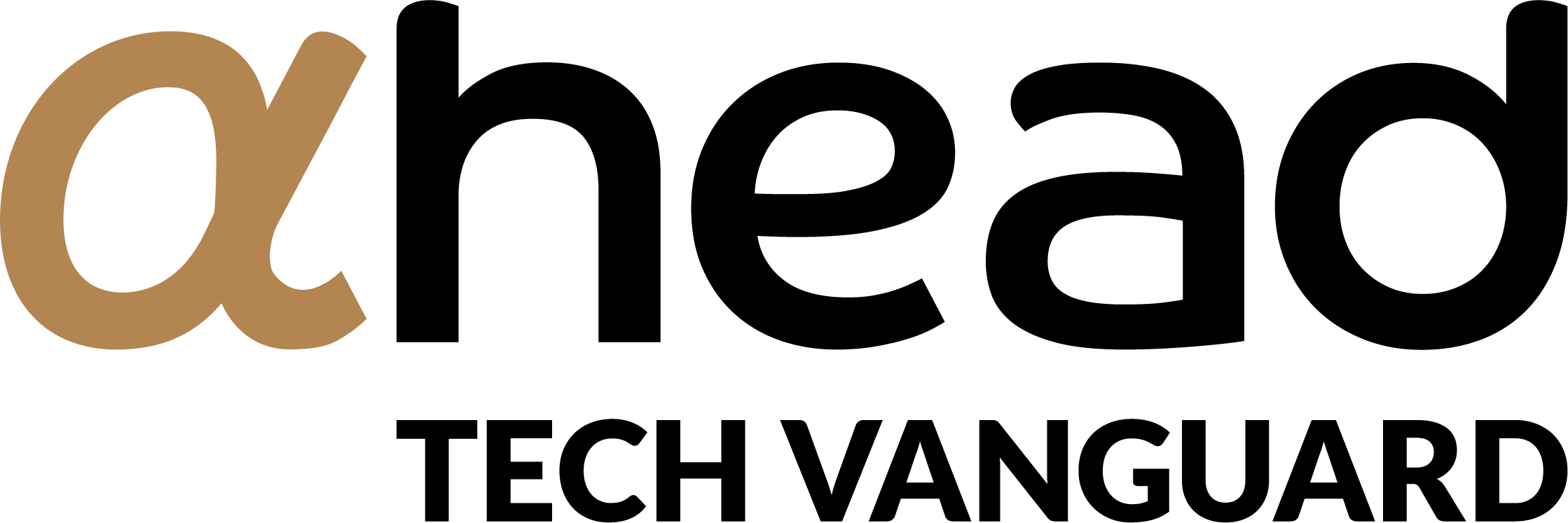GLOSSARY
What does it mean? A glossary on Artificial Intelligence by aHead Research
Our glossary on Artificial Intelligence presents a selection of fundamental terms to understand the discipline of artificial intelligence.
The sharing desire that identifies aHead Research has led to the creation of this glossary on Artificial Intelligence, encouraged by the desire of contributing to the spread of culture and knowledge about the areas relating to the following terms.
The list of our glossary on Artificial Intelligence is continuously evolving. Over time, specific in-depth sections relating to each of the following terms will be created.
Algorithm
An instruction model or set of procedures provided by an AI-based system, neural networks, or other devices, to perform certain actions, at times even complex ones. Usually, such actions are the execution of a calculation, data elaboration or the automation of repetitive activities.
Artificial Intelligence
Capacity Management
Vast array of planning action used to guarantee that a corporate infrastructure is equipped with the adequate resources to maximize potential activities and production under any circumstance.
Continuous Intelligence
Design model able to conduct real-time analysis of data flows that are elaborated as they are gathered in order to support business operations aiming to improve performance.
Decision Intelligence
Paradigm that includes a vast array of techniques based on data analysis with the aim of improving the choice process, such as descriptive, diagnostic, and predictive analysis.
Demand Forecasting
Cluster of activities aimed at predicting the qualitative and quantitative evolution of demand for a certain product or service over a variable timespan, according to its perishability or product seasonality. The accuracy of demand forecasting affects all business and profit aspects of an organization: supply, production, distribution and sales.
Digital Twin
Fleet Management
Inventory Optimization
The inventory is the goods or materials that a business intends to sell to its clients to generate profit. Inventory planning is a critical stage of the supply chain and is the array of activities that make it possible to contain the costs associated with the management of the stockpile while maintaining supply active in order to satisfy the customers’ requests. Optimizing the inventory allows for the definition of what and how much to order, where and how to store the stockpile, so that the goods are always available for a quick fulfillment of orders and the excess stockpile -prone to become obsolete over time- is reduced.
Inventory Optimization entails the application of advanced mathematical techniques that jointly answer to problems such as demand forecasting, reordering policies and warehouse restocking. Such optimization becomes key in logistical contexts, that are characterized by variable and volatile demand, wide array of products, and high levels of customer services.
Machine Learning (ML)
Mathematical Optimization
Predictive Maintenance
Specific kind of precautionary maintenance that consists in the anticipating the maintenance of machinery in industrial plants by monitoring their current conditions. Information on predictive maintenance derive from data on measurements and production of machinery and plants. The objective is to perform proactive maintenance on such with an anticipated schedule and targeted actions.
Prediction
Making predictions means to determine ahead of time all events that will happen in the future through mathematical analysis of what happened in the past and what is currently happening. Tools preforming predictions may support business in the exploitation of opportunities, as well as mitigate the risks associated with their activities by taking away the uncertainty on what may or may not happen and allowing for clearer, more informed decision-making processes.
Production Planning
Processo volto a organizzare l’attività di produzione e pianificare la produzione futura coerentemente con gli obiettivi economico-finanziari di un’organizzazione.
Revenue Management
gestione dei ricavi che permette l’ottimizzazione delle entrate attraverso la gestione delle leve di prezzo e di inventario. È la tecnica che prevede la vendita al cliente giusto, al momento giusto, al prezzo giusto, sul canale di distribuzione giusto, anticipando le azioni dei consumatori e cercando di ottimizzare la vendita e conseguentemente i ricavi.
Serie Storica
Insieme di variabili causali ordinate in base al tempo, rappresentanti la dinamica di un evento in una finestra temporale definita. Solitamente si utilizzano le serie storiche per studiare un fenomeno, identificando ad esempio componenti di ciclicità, trend e accidentalità, e per ipotizzarne l’andamento futuro.
Simulazione
Con il termine simulazione ci si riferisce, genericamente, alla riproduzione delle dinamiche di un sistema. Tramite l’utilizzo di modelli logico-matematici viene rappresentata l’evoluzione temporale di sistemi dinamici (ad esempio modelli climatici, modelli meccanici e di processo, modelli economici). L’ambiente virtuale di simulazione permette di interagire con la copia del sistema per implementare e testare nuove idee (ad esempio la politica di controllo di un processo) e riuscire ad analizzare in dettaglio l’intero sistema.
Supply Chain Optimization
Processo volto a migliorare l’efficienza e le prestazioni di una catena di approvvigionamento, tenendo conto di tutti i vincoli. L’ottimizzazione della supply chain consente alle aziende di massimizzare i profitti lordi, ridurre al minimo le spese operative e creare un’esperienza cliente di successo, bilanciando i costi di distribuzione, inventario, produzione e trasporto.
Transport Planning
Pianificazione richiesta per l’esercizio, la fornitura e la gestione di strutture e servizi per le modalità di trasporto per ottenere un movimento di persone e merci più sicuro, più rapido, confortevole, conveniente, economico e rispettoso dell’ambiente.
What-if Analysis
Modello di simulazione basato su analisi predittiva che consente di valutare l’impatto di una variabile su altre variabili. Risponde alla domanda “Cosa succede se” e consenste di simulare diversi scenari per valutare l’andamento delle diverse previsioni.
